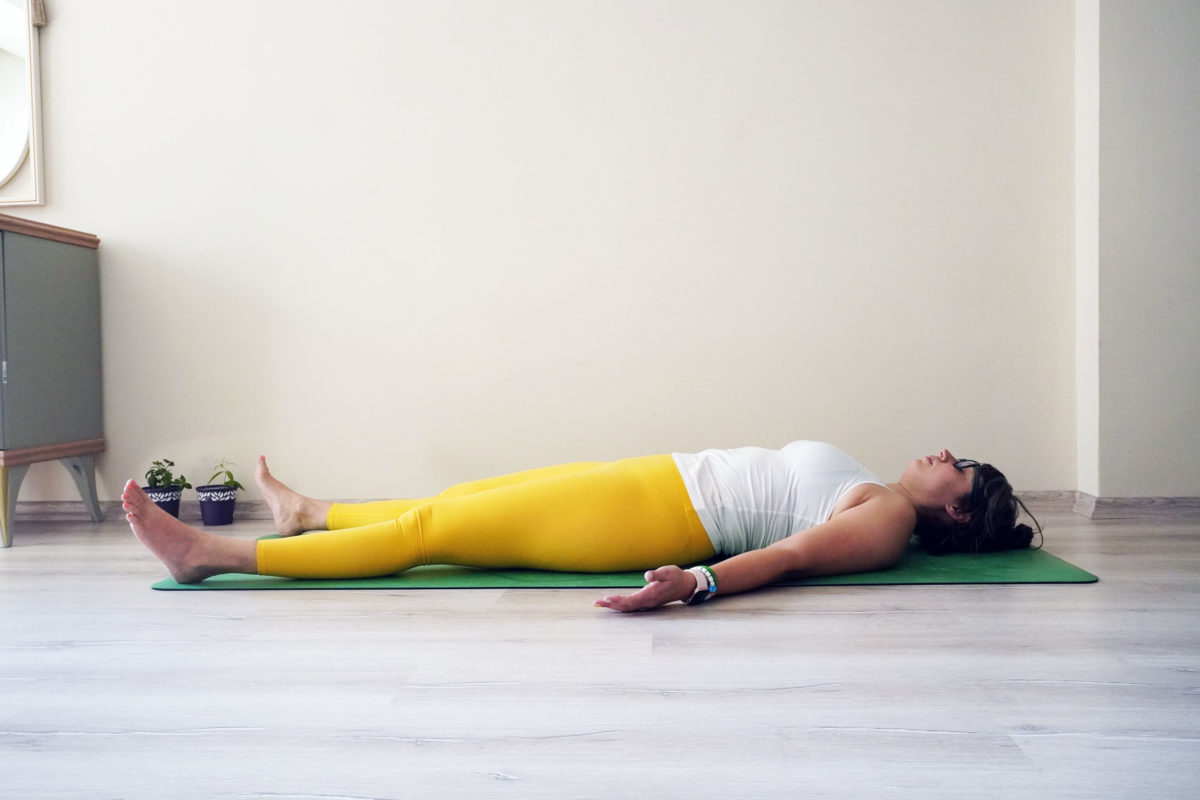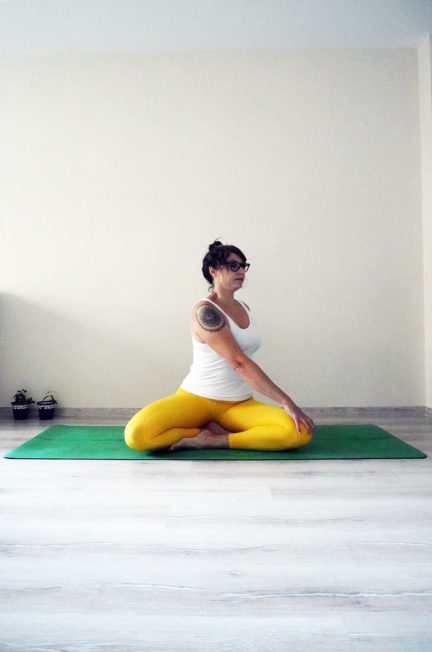The most well-known rest pose in yoga is Shavasana (pronounced shah-VAH-sah-nah). But there’s more to relaxation in yoga than Corpse Pose. Read on to learn about what rest in yoga is, and why it’s so important.
- Learn more about Shavasana, the final rest pose in yoga
What is rest in yoga?
First of all, rest in yoga is deliberate relaxation. Oftentimes an instructor guides you. Or, you can work in rest while you’re practicing a yoga sequence. So why is it important?
- Most importantly, restorative poses send a signal to the sympathetic nervous system to take a step back and allow the parasympathetic nervous system to kick in. As a result, this creates balance and harmony physically, mentally, and spiritually.
- Ultimately, rest allows your body to recover between poses, gather up strength, and move into the next pose feeling restored. Keep in mind, it’s important because in our hectic, daily lives, we need opportunities to rest and recover from work and stress. Therefore, it is an opportunity to observe the sensations you are feeling in your body. In other words, with restorative poses, you can acknowledge when it is time to skip a pose to avoid injury, or move deeper into a pose because your body is giving you the green light.
Restorative poses send a signal to the sympathetic nervous system to take a step back and allow the parasympathetic nervous system to kick in. As a result, this creates balance and harmony physically, mentally, and spiritually.
Rose Margaret Deniz
Benefits of rest in yoga
- First, rest balances the parasympathetic and sympathetic nervous systems
- Second, it not only relaxes the body after the physical poses (asanas), but also the mind
- In addition, rest poses provide deep relaxation
- Rest helps slow the heart rate
- It can help transition between poses
- For a final rest pose, it can help move out of an active sequence into meditation or a return to daily life
Rest poses in yoga
- Here are some ideas for relaxation that you can bring to the mat. You can do the poses below on their own, independent of a yoga class or sequence. Anytime you need a bit more rest in your day, give them a try.
Balasana
Balasana, or Child’s Pose, is a wonderful way to rest the lower back, upper back, arms and chest. For example, work Balasana into your routine any time you need restoration, a sense of comfort, or chance to slow your breath between poses.

Shavasana
You can perform Shavasana at the beginning of your yoga sequence to settle the mind and body before beginning a session. For instance, try it after Surya Namaskar (Sun Salutes) and before transitioning to your back for leg exercises, at the end of a yoga sequence, or anytime you need to rest between poses.

Seated Apanasana
A seated knees-to-chest pose rests the shoulders, back, and neck. Try it when you are transitioning out of a seated forward fold, or when you are already on your back and want to transition into a seated position.

Yoga posts are informational. If you have any medical concerns, talk with your doctor before practicing yoga.
Rose Margaret Deniz is an artist, writer, and yoga instructor @roselayoga. The farm-girl turned expat has been gluten-free for over 12 years, and can be found in her kitchen whipping up seasonal meals for her bilingual family, growing herbs in her garden, painting and writing in her studio, and practicing yoga.
Dive deeper into yoga and wellness. Check out more posts:
6 Ways Using a Bolster in Yoga Increases Health




